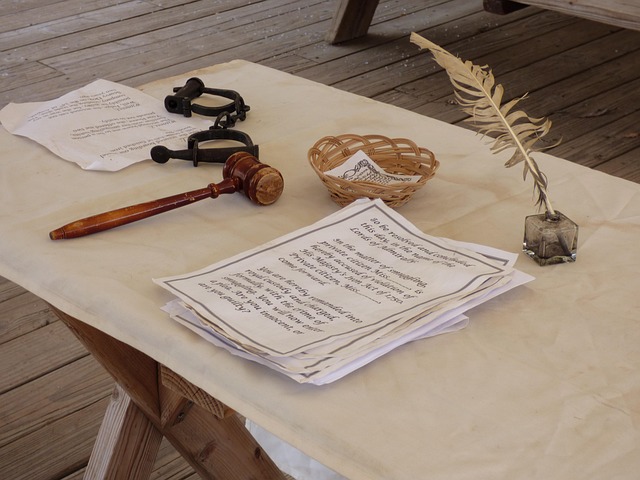Defective children's products cases focus on ensuring safety and quality of goods for minors, holding manufacturers, retailers, and distributors accountable through product liability laws. Key evidence includes medical records, expert opinions, product documentation, failure mode demonstrations, parent testimonies, and property damage claims. Gather comprehensive evidence like medical records, photographs, witness testimonials, and the defective product itself to strengthen the case.
In the complex landscape of legal battles involving defective children’s products, understanding the evidence required is paramount. This article navigates the critical aspects of gathering and presenting compelling proof in such cases. From unraveling the intricacies of product liability to identifying key legal requirements, it offers strategic insights for professionals. Learn how to unearth essential evidence, including design flaws, manufacturing defects, and incident documentation, to ensure a robust case.
- Understanding Defective Children's Product Cases
- Key Evidence Requirements in Legal Proceedings
- Strategies for Gathering Compelling Proof
Understanding Defective Children's Product Cases

Defective children’s product cases are legal matters centered around ensuring the safety and quality of goods designed for minors. These cases often involve products like toys, clothing, or even childcare equipment that pose potential hazards to young users. Understanding these cases is crucial in recognizing the responsibilities of manufacturers, retailers, and distributors in safeguarding children. Product liability laws play a pivotal role here, holding accountable those who introduce defective items into the market.
The complexity of these cases lies in the unique considerations they demand, ranging from age-appropriate design to stringent safety standards. Unlike employment disputes or nursing home abuse scenarios, where the focus is on professional conduct and institutional care, defective children’s product cases scrutinize the inherent quality and potential risks associated with consumer goods. This differential approach underscores the distinct nature of product liability, particularly in safeguarding vulnerable young consumers.
Key Evidence Requirements in Legal Proceedings

In legal proceedings involving defective children’s products, several key pieces of evidence are crucial for building a strong case. First and foremost, establishing a clear link between the product and the harm incurred is essential. This often includes detailed medical records and expert testimony from pediatricians or specialists who can attest to the specific injuries and their correlation with the product defect. Product documentation, such as design blueprints, manufacturing reports, and quality control data, are also vital. These documents can reveal design flaws, production errors, or disregard for safety standards that led to the product’s defective nature.
Additionally, evidence of the product’s failure mode and its impact on children’s safety is critical. This may involve recreating the incident through experiments or simulations, demonstrating how the defect caused harm, and showcasing similar instances of product failures in the market. Testimonies from parents or guardians who experienced the incident, along with any relevant property damage claims or elder abuse reports (in cases where older children or adults are affected), can also significantly strengthen a case for defective children’s products. These combined pieces of evidence form a compelling argument to hold manufacturers and sellers accountable for their substandard products.
Strategies for Gathering Compelling Proof

When building a case for a defective children’s product, gathering compelling evidence is paramount. The first step is to thoroughly document any and all injuries or damages caused by the product. This can include medical records detailing injuries sustained in an auto accident involving the product, as well as photographs capturing visible damage or scars resulting from its use. Testimonials from parents, caregivers, or even other children who witnessed the incident can also serve as powerful evidence.
Additionally, preserving the defective product itself is crucial. An auto accident attorney or a car accident attorney specializing in defective products can help collect and preserve this physical evidence for further examination. Experts can then conduct tests to determine if design flaws or manufacturing defects contributed to the accident, providing strong secondary evidence alongside medical records and witness statements. This comprehensive approach ensures that the case is built on solid footing, making it more likely to achieve a favorable outcome for the injured child.
In the pursuit of justice for defective children’s products, robust evidence is paramount. Understanding the nuances of these cases, as outlined in this article, equips parents and advocates with the knowledge to gather essential proof. From documenting product defects to compiling medical records and expert opinions, each element contributes to a compelling legal argument. By employing strategic methods to collect and present evidence, individuals can navigate the complexities of defective children’s product litigation effectively, ensuring their cases are strongly supported and ultimately successful.






